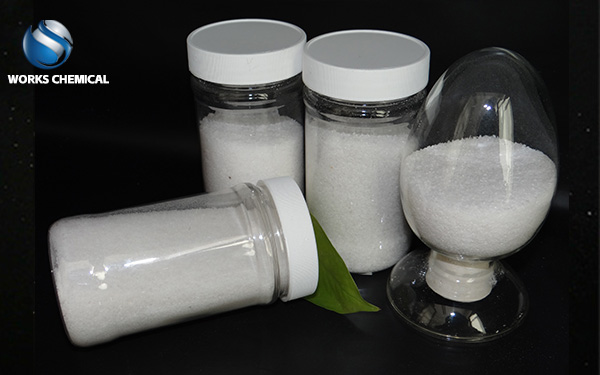
With the rapid development of China's industry and the continuous improvement of people's quality of life, the production of urban domestic sewage and industrial wastewater has also increased year by year, and a large amount of sludge will be produced in the sewage treatment process. Sludge generally contains a lot of water, accounting for about 95-99% of the total mass. The composition of the sludge is complex, the area is large, and the harm is great, so further treatment is needed to reduce the moisture content of the sludge. Due to the nature of sludge itself, the dewatering performance is very poor, so how to improve the dewatering performance of sludge has become a global concern research topic.

At present, many sewage treatment plants use organic polymer flocculants such as polyacrylamide (PAM) and inorganic coagulants such as aluminum chloride (AlCl3). These sludge conditioners are more or less toxic, difficult to degrade and potentially harmful to human living environment.
Sludge conditioners developed by Works Chemical enable deep dewatering of sludge. Surface area, chemicals that destroy the structure of bacteria. The main components are inorganic compounds, sludge surface structure modifier, degreaser, wall breaking agent, sludge surface treatment agent, sludge stripping agent and so on. The bottleneck of sludge dehydration, to achieve efficient concentration and dehydration, the treatment effect is good, cost-effective. Sludge conditioner is widely used in the dewatering treatment of sludge in various industries such as living, printing and dyeing, paper making, electroplating, chemical industry and leather. Combined with the plate and frame mud press, the sludge moisture content can be reduced from more than 90% to 40%-60%, and the sludge reduction can be fully realized.
Sludge conditioner use method:
The first step: pump the sludge into the conditioning tank, add the sludge conditioner and synergist in the conditioning tank; In the regulating tank, the reagent and the sludge are fully mixed and reacted.
Step 2: dehydrate sludge pumps such as ultra-high pressure press by automatic high pressure pump;
The third step: the filtrate is returned to the sewage system for treatment, reused or discharged after reaching the standard, and the dehydrated dry mud falls into the conveyor belt below and is centrally sent to the unloading yard;